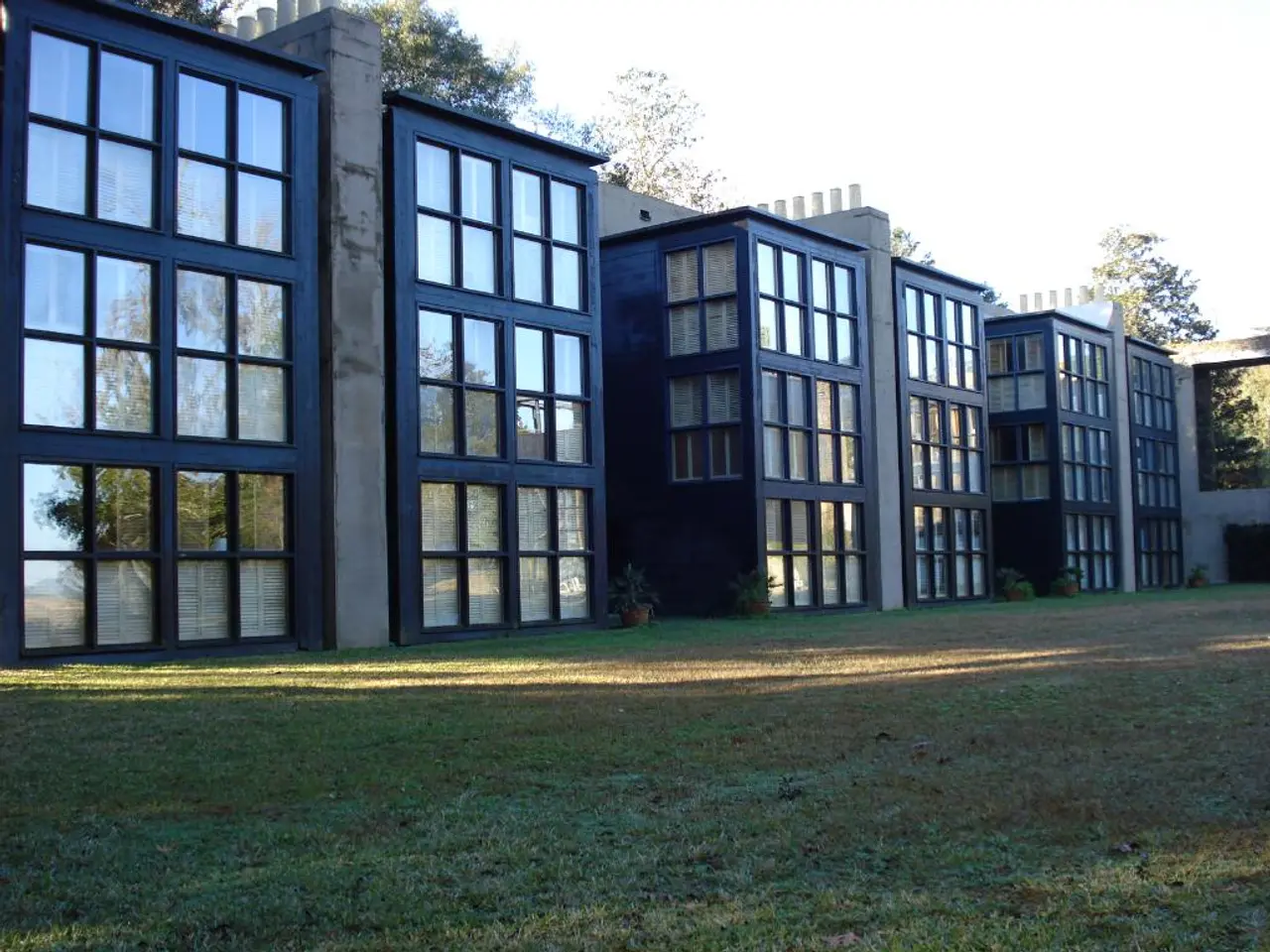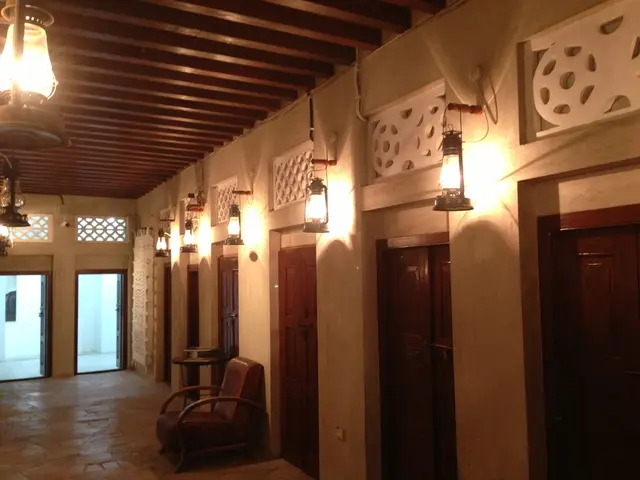House energy consumption: quantifying your home's energy usage in terms of efficiency classes
In Germany, buildings are classified into energy efficiency classes, ranging from A+ (best) to H (worst), to help consumers understand the energy consumption of their potential homes. These classes are determined by the energy consumption required for heating.
Buildings in Energy Efficiency Class A+ use less than 30 kWh of energy per year to heat one square meter of living space, making them the most energy-efficient. At the other end of the spectrum, buildings in Energy Efficiency Class H have an energy consumption of over 250 kWh per year and square meter, indicating high energy consumption.
Energy Efficiency Class A consumes between 50 and 75 kWh of energy per year per square meter, while Class B consumes between 76 and 100 kWh. Class C, D, E, and F have annual energy requirements of up to 130 kWh, between 131-160 kWh, between 161-200 kWh, and over 200 kWh per square meter, respectively.
Houses with classes A+ to C have low or very low energy consumption, making them attractive to buyers and tenants who are conscious about their carbon footprint and energy bills.
An energy certificate, which contains all the information about a building's energy efficiency, can be obtained at a cost that ranges between 60 and 500 euros, depending on the effort and calculation method. This certificate is a legal requirement for selling or renting a property in Germany.
Effective measures to improve energy efficiency include insulating the top floor ceiling, roof, and water-carrying pipes, as well as installing a modern heating system. Various funding programs, such as KfW funding programs 297, 270, 261, and BEG, are available to help property owners with the costs of these improvements.
The KfW efficiency house standard is a different classification system from energy efficiency classes, indicating how much energy a building consumes compared to a new building. Factors affecting the energy efficiency class include building size, insulation, type of heating, heating efficiency, and insulating capacity of windows.
Interestingly, 71% of new builds belong to the best energy classes. The German cities with the highest share of houses with good energy efficiency classes (A+ to D) are Berlin, Düsseldorf, Frankfurt am Main, Hamburg, Cologne, Munich, and Stuttgart, averaging 32.3 percent of offered condominiums with good to average energy efficiency. The highest regional values are found in the Brandenburg district of Oberhavel (49 percent), the city of Jena (47.9 percent), and the Bavarian district of Rottal-Inn (47.9 percent).
Owners of a property with a good energy class can benefit from increased property value, lower energy costs, and suggestions for cost-effective renovation measures. Moreover, buyers or tenants can check the energy efficiency class of a building from the energy certificate before making a decision.
Read also:
- Peptide YY (PYY): Exploring its Role in Appetite Suppression, Intestinal Health, and Cognitive Links
- Toddler Health: Rotavirus Signs, Origins, and Potential Complications
- Digestive issues and heart discomfort: Root causes and associated health conditions
- House Infernos: Deadly Hazards Surpassing the Flames







